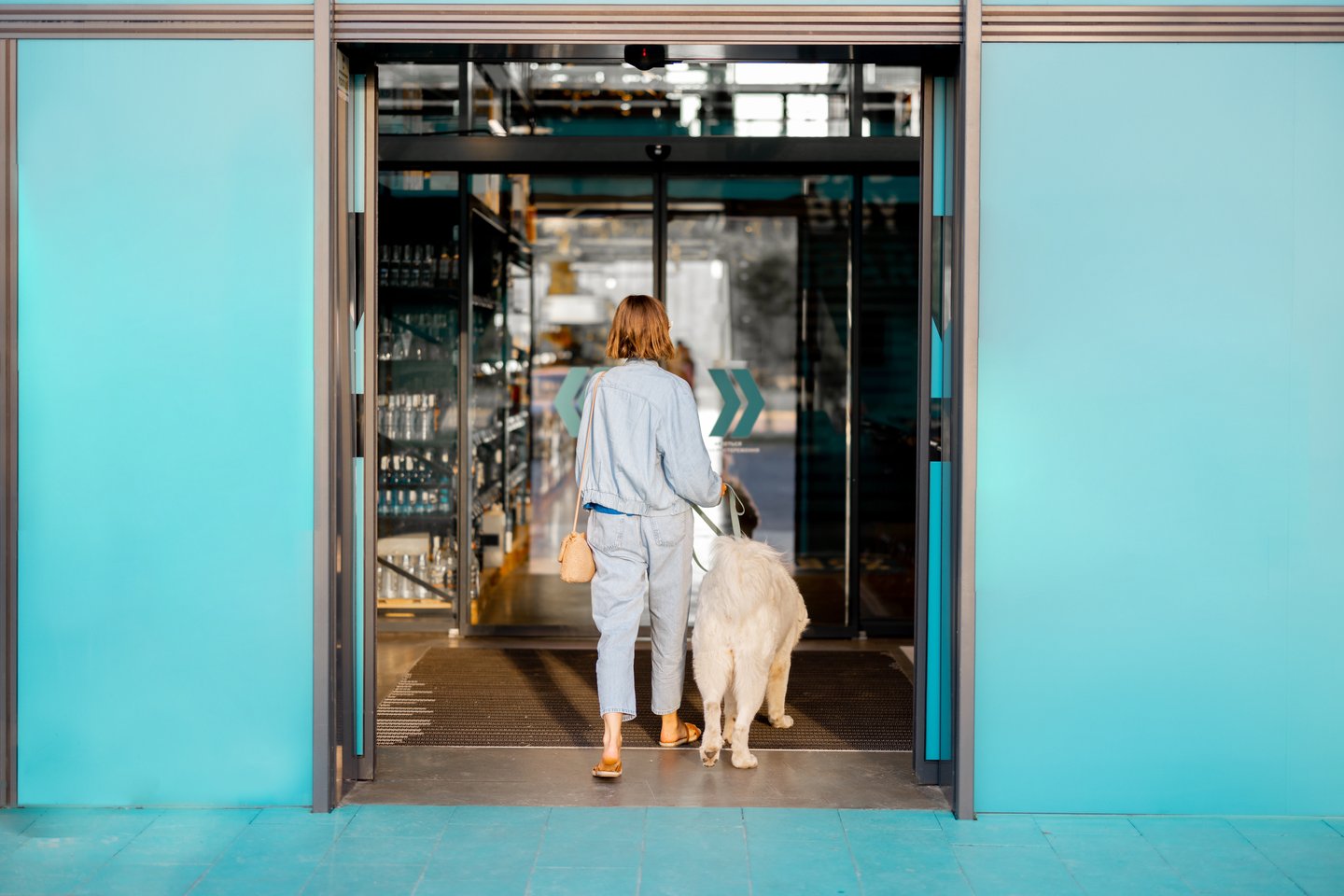Opportunity barks?
As the weather improves and people spend more time outdoors, many dog owners will take their furry companions on walks, often stopping by their local convenience stores along the way. While it’s great to integrate these stores into the dog-walking routine, it presents a dilemma for store operators: Should dogs be allowed inside? Service dogs, of course, are always permitted, but what about pets?
Understanding regulations
Before making a policy decision on this matter, store owners should familiarize themselves with municipal and provincial regulations regarding dogs in retail establishments. Some laws have recently become more flexible, allowing dogs to be in certain retail spaces. In general, stores that prepare food are less likely to be permitted to allow dogs, while those that sell packaged goods have more flexibility on this matter.
A business opportunity
Allowing dogs in your store can make it a popular destination for dog owners, enhancing your community presence. Simple touches, such as placing a water bowl outside and offering dog treats, can create a welcoming atmosphere and increase foot traffic. Websites like BringFido list dog-friendly establishments, potentially attracting more customers to your store.
Learning from larger retailers
Some big-box retailers, such as Canadian Tire and Winners, allow dogs in their stores, which helps attract pet owners. However, this approach is not without challenges. Some customers may have allergies or fear dogs, and there is always the risk of pets making a mess, which responsible owners should clean up—but might not. Store operators must weigh these factors when determining whether the benefits outweigh the drawbacks.
Alternative solutions
For stores that choose not to allow dogs inside, creating a dog-friendly outdoor space can be a great alternative. Setting up a small seating area with benches and a self-filling water bowl provides a comfortable spot for owners and their pets. If your store sells ice cream or snacks, this could become a popular gathering place. Additionally, offering a safe alternative to leaving dogs in hot cars during the summer months supports pet safety and responsible ownership.
Global trends
Welcoming dogs in stores and restaurants is common in many parts of the world. In Europe, dogs are frequently seen in retail spaces and even restaurants, Parisian cafés being a prime example. In Florida, some restaurants cater to dog owners by offering outdoor seating areas and even specialized dog menus. These trends highlight the potential for a more pet-friendly retail environment in Canada.
Communicating your policy
Once you decide on a pet policy, clear communication is key. Posting your policy on your website and social media helps customers understand what to expect. Signage at the entrance should indicate whether dogs are welcome inside or if an alternative space is available outside. Ensuring that your staff is informed and prepared to enforce the policy will make the experience smoother for both customers and employees.
Conclusion
Developing a well-defined policy on dogs in your store can bring several benefits. It can attract a new customer base of dog walkers, clarify expectations for staff and customers, and provide safe alternatives to leaving pets in cars. By considering this topic before the warmer months arrive, convenience stores can position themselves as community-friendly businesses that cater to both human and canine visitors.





